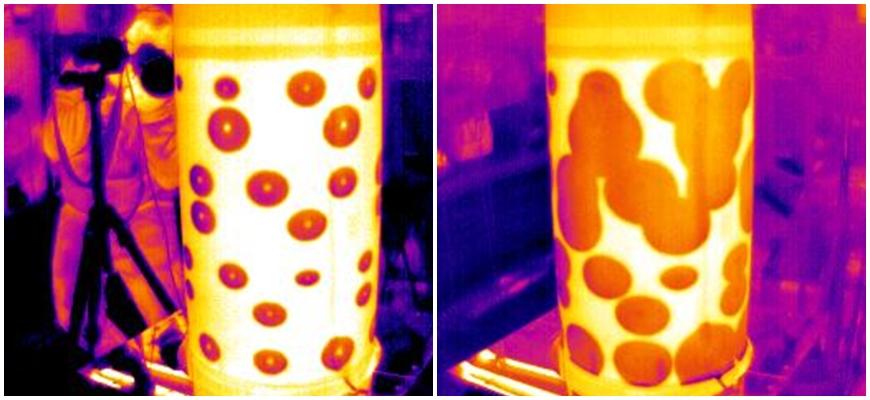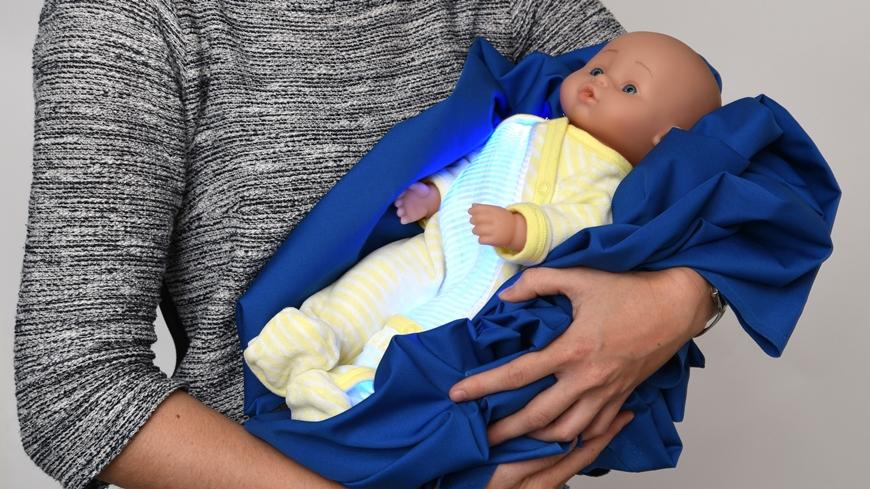‘Sweat torso’ technology should help researchers test protective clothing

A method for studying the temperature-regulating abilities of clothes using a model of a human torso to simulate sweating will be made a global standard by the International Organization for Standardization (ISO).
The standard is based on a previous invention by researchers at the Swiss Federal Laboratories for Materials Science and Technology (EMPA) dubbed the “sweat torso”, which consists of a column equipped with several nozzles for dispensing controlled quantities of liquid.
When the column is placed inside a climate-controlled chamber, where temperature and humidity can be regulated during experiments, the torso “sweats” in response to the changes in conditions. Researchers can “dress” the torso in a firefighter’s jacket, for example, and then test how the imitation sweat evaporates or accumulates in response to heat.
The new ISOExternal link standard means that, for the first time starting this spring, protective gear for people working under extreme heat conditions, like firefighters, can be tested based on standardised assessments of the human body’s reaction to different types of materials. This could help manufacturers develop different classes of protective clothes based on set product standards.
Developing protective clothing for use in extreme heat or fire situations can be a serious technological challenge. For one thing, garments must be tough enough to protect the wearer from burns, while at the same time transporting sweat away from the surface of the skin. Sweat, which the human body can produce at a rate of up to two litres (2.1 quarts) per hour when heat is extreme, helps us cool down when it evaporates, but this effect is limited when the moisture gets trapped between the skin and a layer of clothing.

In compliance with the JTI standards
More: SWI swissinfo.ch certified by the Journalism Trust Initiative



You can find an overview of ongoing debates with our journalists here. Please join us!
If you want to start a conversation about a topic raised in this article or want to report factual errors, email us at english@swissinfo.ch.